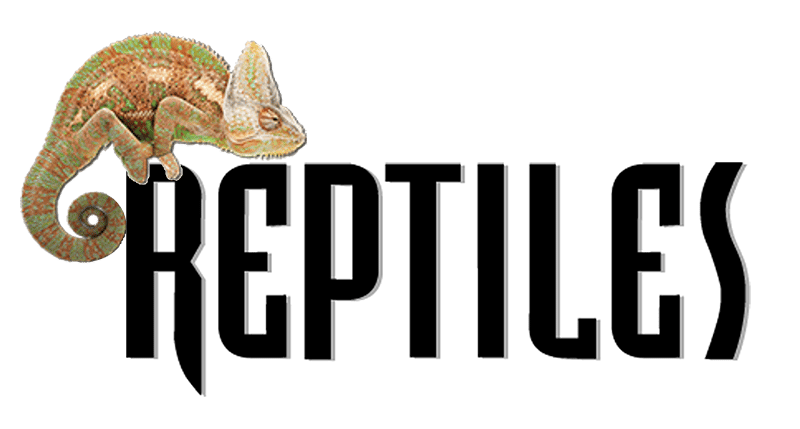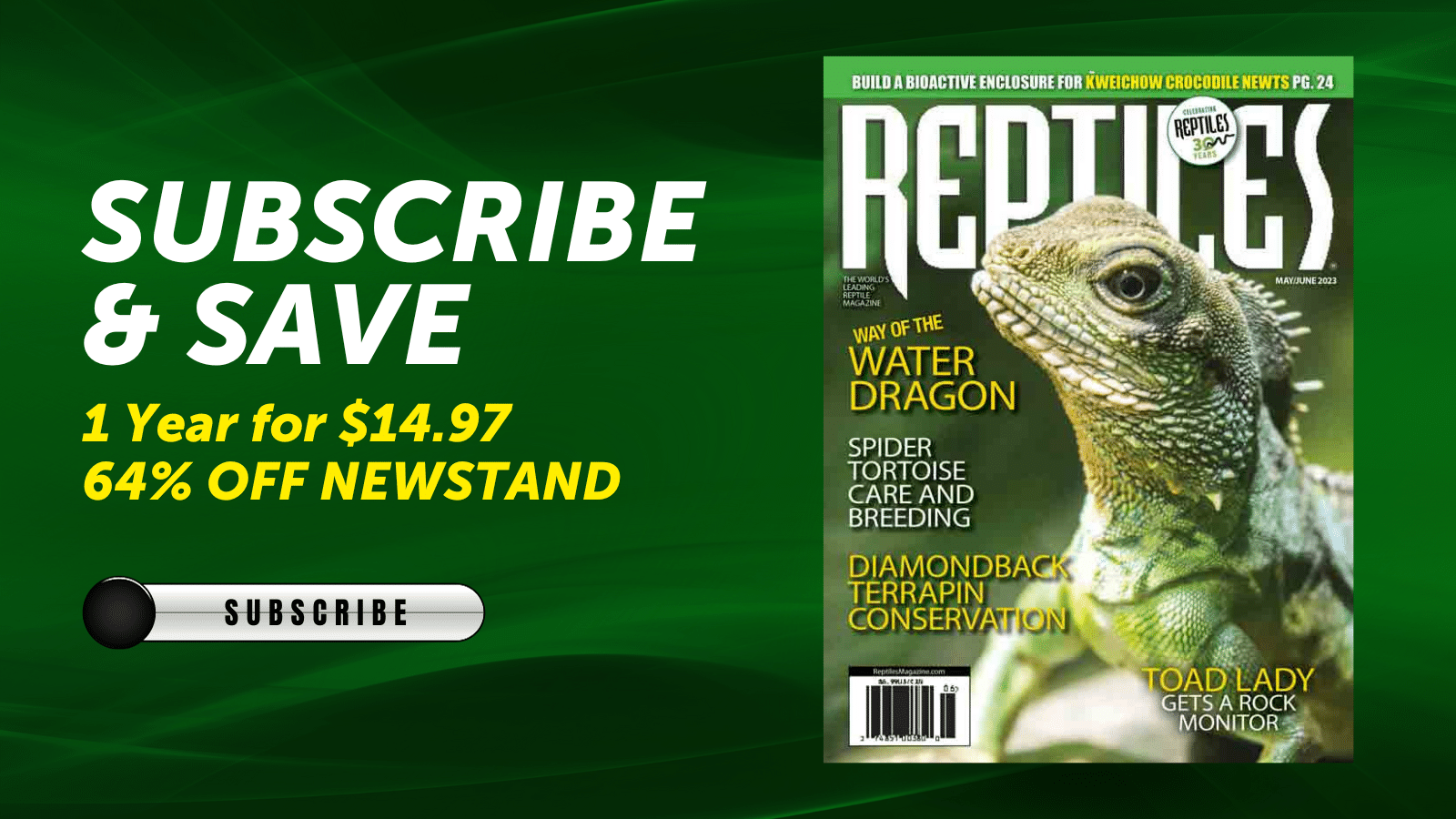The three Komodo dragons were on display for three days last week.
The Chattanooga Zoo in Tennessee announced that the three Komodo dragons (Varanus komodoensis) that hatched at its facility August 4 are indeed the result of parthenogenesis, whereby the mother did not mate with a male to become gravid. The three hatchlings marked only the second time the zoo experienced a successful hatching since the zoo’s female dragon and mother of the triplets, Charlie, has been a resident of the zoo.
The zoo announced on Instagram February 28 that the DNA test results were in and the three little dragons were indeed the result of parthenogenesis.
Chattanooga Zoo Hatches Out Three Komodo Dragons
Komodo Island Will Be Restricted To Premium Tourists, Won’t Be Closed
For more information on the Chattanooga Zoo, visit its website at http://www.chattzoo.org/
Komodo dragons are the largest lizards in the world and are native to Indonesia. The large lizard is a carnivore and in the wild has been documented taking down large deer. The reptile is an endangered species, with an estimated 2,500 lizards left in the wild, all living at Komodo National Park in Indonesia.

